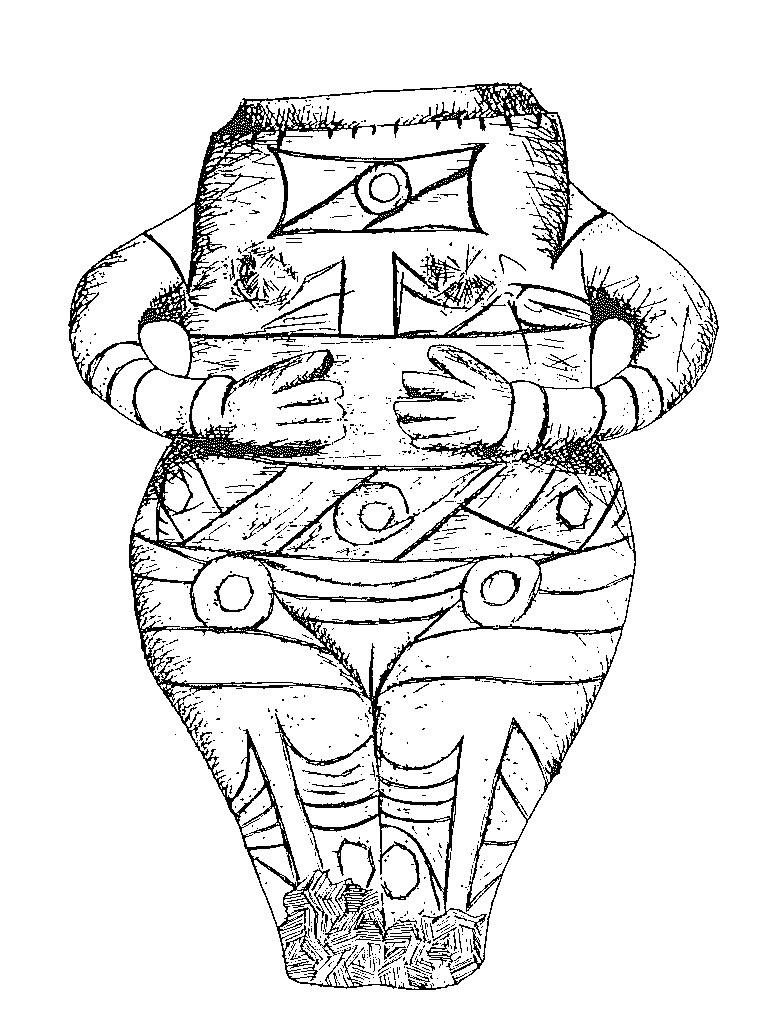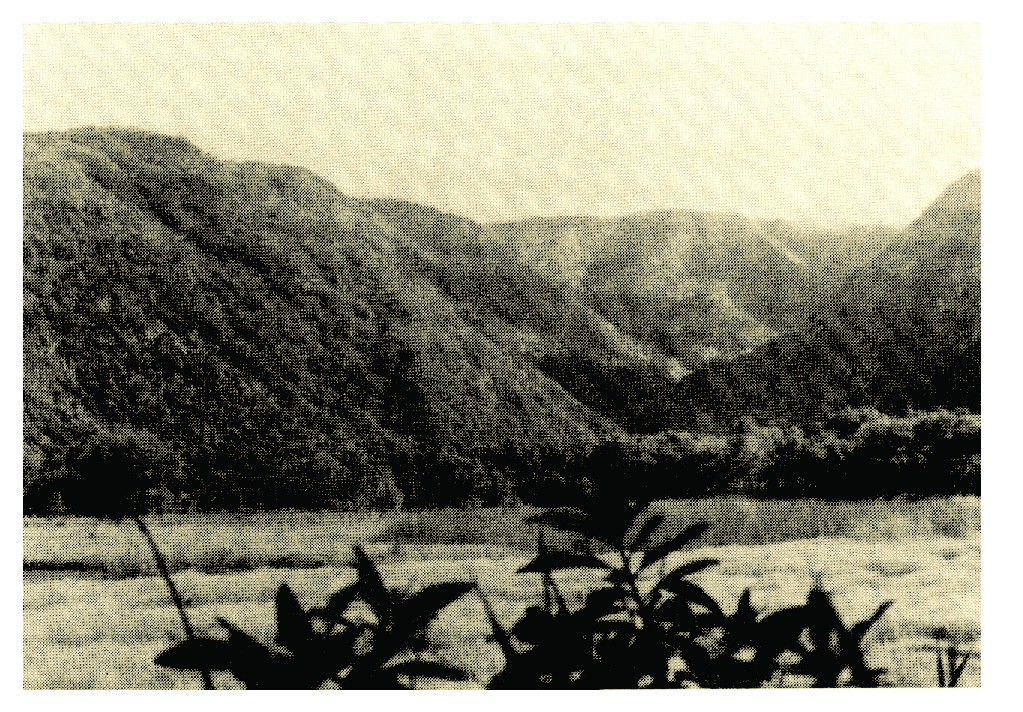K'axob: Ritual, Work, and Family in an Ancient Maya Village
Submitted by admin on March 31, 2015 - 12:00amShortly after 800 B.C., a village was founded in the wetland and riverine habitat of northern Belize. Now called K’axob, this Maya community grew and prospered through Formative and Classic times.





